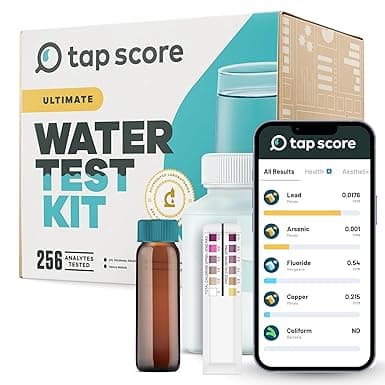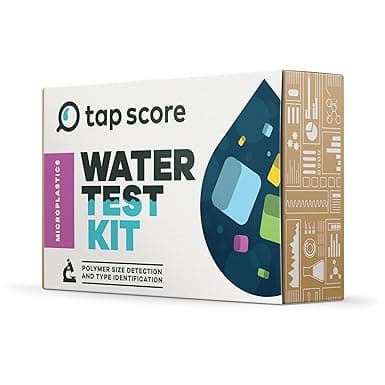Toxaphene
Synthetic organic mixture of almost 700 chemicals previously used as a pesticide in the United States before it was banned by the EPA in 1990
EPA MCLG Level
0 ppb
Maximum level that poses minimal health risk based on the latest science
Health Effects
Health protective benchmarks for toxaphene are based the potential to cause cancer. The EPA classifies toxaphene as a probable human carcinogen. Animal studies have shown that chronic toxaphene exposure may also have negative effects on the liver, kidneys, spleen, thyroid, and adrenal gland.
Affected Organs & Systems:
Common Sources
- Not naturally occurring, so its detection in the environment and source water is the result of human activity
- May have entered the environment and drinking water sources through runoff and seepage in areas where it was used as a pesticide before it was banned in the United States
- Chemical spills at sites where it was produced or stored are an additional source
How to Remove It
Water filters certified under the following NSF standards are effective at removing Toxaphene:
EPA MCLG Level
The EPA MCLG represents the maximum level that poses minimal health risk based on the latest scientific research. It's often more protective than federal legal limits.
Contaminant Type
Toxaphene is classified as a Pesticides contaminant.
This contaminant primarily affects the spleen, thyroid, and other systems.
Check Your Water
Find out if Toxaphene is in your tap water.
Search Your CityTest Your Water for This Contaminant
Public water reports may not test frequently enough or at your specific tap. Professional home testing provides current, location-specific results.

SimpleLab
Standard Home Water Test
$232
Comprehensive water analysis testing over 200 contaminants including bacteria, heavy metals, and chemical compounds.

SimpleLab
Advanced Home Water Test
$369
Most comprehensive home water test including all standard tests plus additional parameters for ultimate peace of mind.

Tap Score
Advanced Microplastics Test
$636
Cutting-edge testing for microplastics particles in drinking water using advanced laboratory techniques.